May 23, 2025 | 13:01 GMT +7
May 23, 2025 | 13:01 GMT +7
Hotline: 0913.378.918
May 23, 2025 | 13:01 GMT +7
Hotline: 0913.378.918
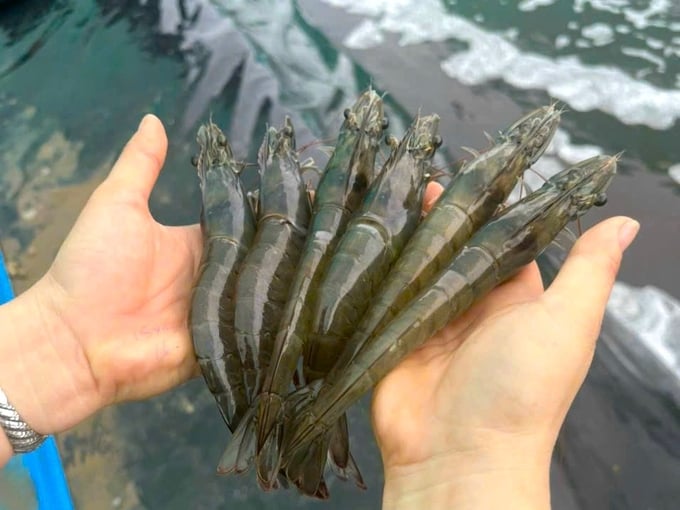
In the first nine months of 2024, the area of aquaculture affected by diseases has decreased by nearly 29% compared to the same period in 2023. Photo: Kim Anh.
The results of the animal health monitoring and disease control for aquatic animals in 2024 from the Department of Animal Health (Ministry of Agriculture and Rural Development) show that in the first nine months of 2024, the area of aquaculture affected by diseases was 4.257ha, a decrease of nearly 29% compared to the same period last year. Among this, nearly 3.600ha of shrimp farming were affected by diseases and 260ha of catfish.
Additionally, the area of aquaculture damaged by the negative impacts of climate change (storms, floods, droughts, saltwater intrusion, etc.), environmental pollution and unidentified causes is 17.316ha.
Specialized agencies note that while the disease in farmed shrimp is on the decline, the area of damage due to weather and climate change has increased significantly by 20% compared to the same period last year, equivalent to approximately 16.990ha.
Localities in the Mekong Delta region, such as Tra Vinh, Soc Trang, Ca Mau, Bac Lieu and Kien Giang, have a high area of shrimp farms affected by diseases. The main diseases include white spot syndrome, acute hepatopancreatic necrosis, red body syndrome, white feces syndrome, stunting and microsporidiosis. Some other common diseases in shrimp still occur sporadically.
Specifically, acute hepatopancreatic necrosis has occurred in 112 communes across 43 districts in 15 provinces and cities nationwide, with more than 1000ha of shrimp farms affected by the disease. Soc Trang is the province with the largest area of shrimp affected by acute hepatopancreatic necrosis, with 319ha, followed by Tra Vinh and Bac Lieu.
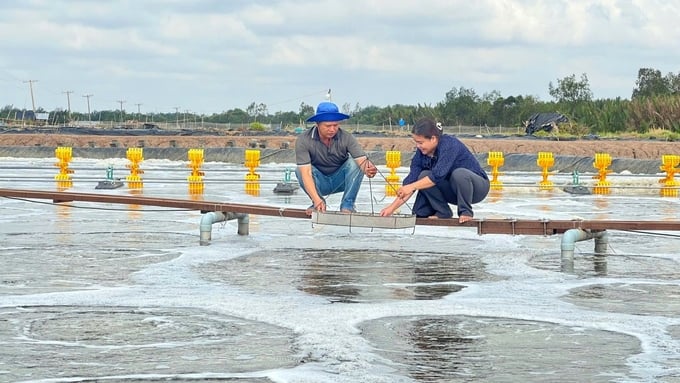
The area of shrimp farms damaged due to the negative impacts of climate change (storms, floods, droughts, saltwater intrusion, etc.) and environmental pollution. Photo: Kim Anh.
Currently, there is no vaccine to prevent acute hepatopancreatic necrosis in farmed shrimp. Since this disease is caused by bacteria, it can be treated, although it can be costly and often ineffective (as shrimp tend to stop eating).
Therefore, the Department of Animal Health emphasizes the importance of proactive disease prevention measures for shrimp, primarily through the careful treatment of water sources supplied to the ponds. This approach is vital to ensuring the health of the shrimp and minimizing potential outbreaks. Additionally, the water in ponds where shrimp are affected by disease must be properly treated before it is discharged into the environment. This treatment is essential to prevent the spread and dissemination of pathogens that could affect other farms in the area.
Farmers also need to pay more attention to using shrimp seed from disease-safe facilities or shrimp that have undergone veterinary quarantine with clear origins to limit the area of shrimp farms affected.
Currently, diseases continue to circulate widely, existing within natural ecosystems as well as in farming facilities. As a result, in the near future, the area of shrimp farms affected by these diseases is expected to remain very high unless farming facilities enhance their biosecurity measures and apply scientific advancements. It is particularly critical for these facilities to implement proactive disease monitoring to detect issues early, maintain effective control over the seed stock, and ensure proper preparation of the farming ponds.

Some areas of shrimp farming ponds in Tran De District, Soc Trang Province, are left vacant due to the off-season and the emergence of disease outbreaks, resulting in damage to the farmed shrimp and leading to financial losses. Photo: Kim Anh.
Additionally, the Department of Animal Health emphasizes the need for farming facilities to adopt comprehensive solutions aimed at rectifying and enhancing the infrastructure conditions in aquaculture regions. This involves effective management of farming seasons, establishing sedimentation ponds for water storage to be utilized as needed, and ensuring that seed is only introduced into the ponds when the conditions for farming are favorable.
It is also important to conduct thorough research to adjust farming practices appropriately, as well as to manage wastewater and solid waste in accordance with established regulations. Environmental monitoring should be carried out diligently, including sampling from areas that have experienced damage to identify the causes. Moreover, proactive monitoring plans need to be developed to facilitate forecasting and issuing timely warnings.
Furthermore, farmers should pay attention to raising shrimp at lower densities and practicing rotational farming to alleviate pressure on the farming environment. It is also crucial to implement integrated measures for disease prevention and control. In the long term, nurseries and breeding facilities need to establish disease-safe operations and production chains that ensure biosecurity. This will be essential for enhancing the export potential of the shrimp industry.
To date, 33 out of 63 provinces and cities across the country have developed proactive plans for the prevention and control of aquatic animal diseases. Among these, 15 provinces and cities have allocated over approximately 1.063.000 USD, while 7 provinces have specific funding for monitoring and testing diseases, totaling about 97.000 USD.
However, the number of localities, particularly key areas for aquaculture, that have proactive plans and allocated sufficient funding remains limited and inadequate for implementing effective disease prevention efforts. This shortfall is particularly evident in the funding available for proactive disease monitoring and public awareness campaigns.
The Ministry of Agriculture and Rural Development has approved the allocation of approximately 426.000 USD for organizing disease monitoring in aquaculture species. This includes conducting investigations to determine the causes of disease and implementing monitoring in cases of abnormal aquatic animal deaths. The species covered include imported shrimp seed, brackish water shrimp, catfish, tilapia, cold-water fish, clams and marine farmed fish.
Translated by Phuong Linh
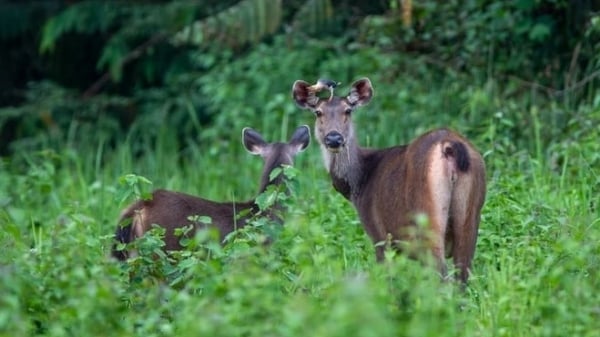
(VAN) WWF, GIZ, IUCN, UNDP call for biodiversity conservation and sustainable development must be regarded as a unity in strategies for a green future.

(VAN) On celebration of International Day for Biological Diversity, Deputy Minister Nguyen Quoc Tri called for practical actions to address nature and biodiversity conservation.
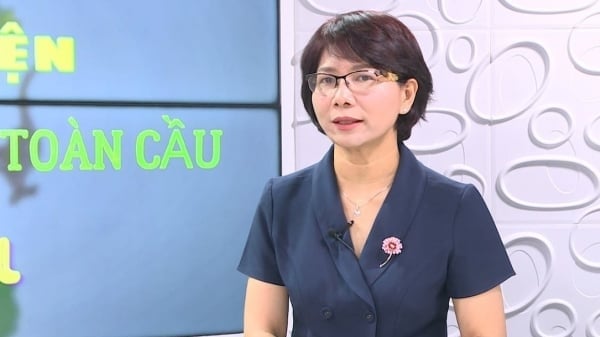
(VAN) Dr. Hoang Thi Thanh Nhan – Deputy Director of the Nature and Biodiversity Conservation Agency – highlighted this on the International Day for Biological Diversity, May 22, 2025.
![Ho Chi Minh city adapts to climate change: [2] Accelerating action](https://t.ex-cdn.com/nongnghiepmoitruong.vn/608w/files/chiqk/2025/05/22/4024-4220-bien-doi-khi-hau-1-100626_766.jpg)
(VAN) Clearly recognizing the challenges posed by climate change, Ho Chi Minh city has swiftly shaped its policies and implemented practical solutions to adapt.

(VAN) Rice straw is no longer just a discarded byproduct, but it is becoming a green resource that helps farmers in the Mekong Delta reduce emissions and promote circular, sustainable agriculture.
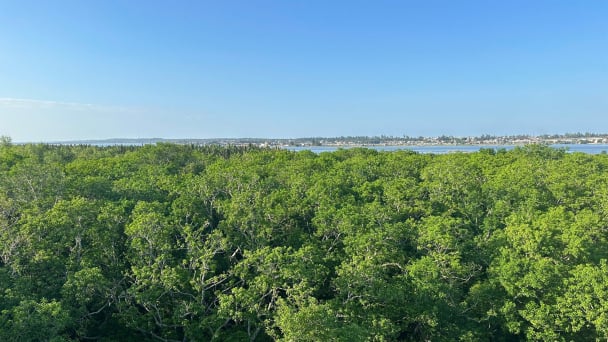
(VAN) Other Effective Area-based Conservation Measures (OECMs) are solutions that contribute effectively to achieving the goals of the Kunming–Montreal Global Biodiversity Framework.
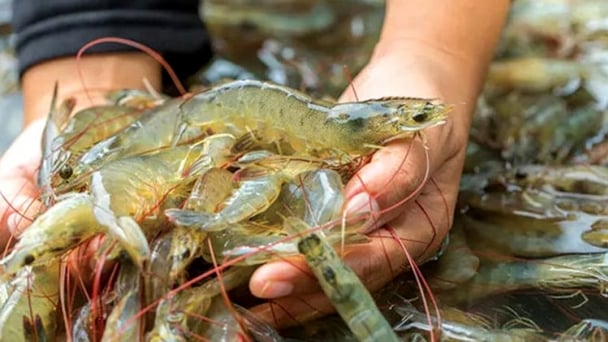
(VAN) A study assessing the carbon footprint of whiteleg shrimp farming in China shows the potential for carbon emission reduction through the use of renewable energy.